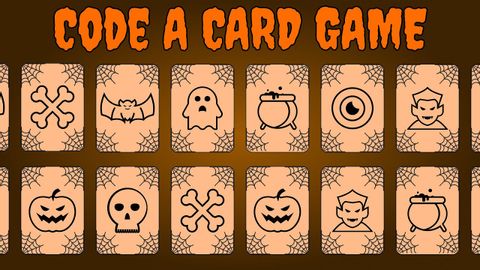
字幕と単語
動画の中の単語
scale
US /skel/
・
UK /skeɪl/
- n. (c./u.)大きさや格など;うろこ;はかり;音階;規模
- v.t./i.(縮尺比に従って)拡大する : 縮小する;登る;魚のうろこを取る
A2 初級TOEIC
もっと見る flip
US /flɪp/
・
UK /flɪp/
- v.t./i.空中で回転する;素早く(さっと)動く;スイッチの切り替えをする;ひっくり返す;転売する
- n.回転;動かすこと;フリップ
- adj.軽薄な
B2 中上級
もっと見る negative
US /ˈnɛɡətɪv/
・
UK /'neɡətɪv/
- n.マイナスの電極;否定文の;「いや」という返事;写真や映画のネガ
- adj.嫌な;負の数の;悲観的な;否定的;陰性の;負の
A2 初級
もっと見る エネルギーを使用
すべての単語を解除
発音・解説・フィルター機能を解除
